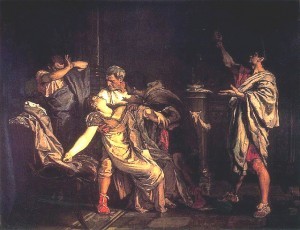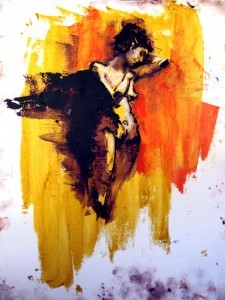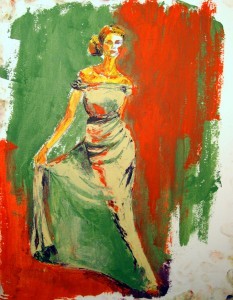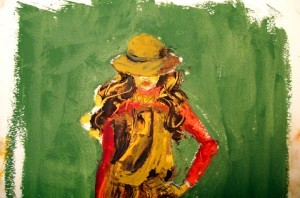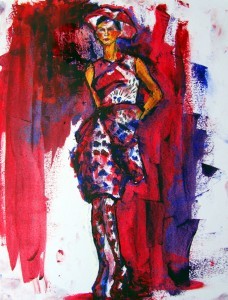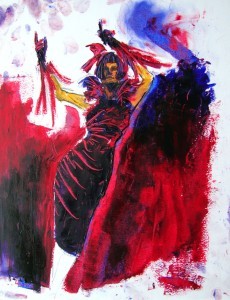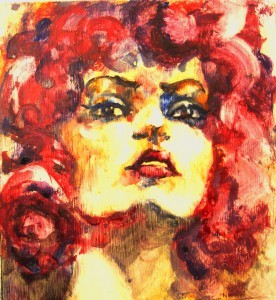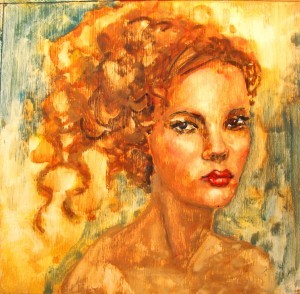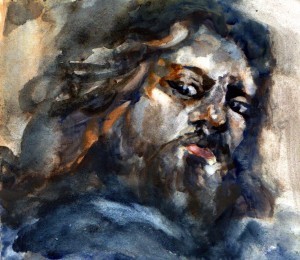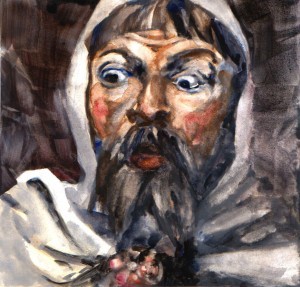Fashion Illustration Experimentation
It started when I stood in front of Eduardo Rosales’s painting “Death of Lucretia” at the Prado in Madrid. The violence and spirited application of paint spoke more about the subject than the realistic application of his contemporaries. I was craving change in my work and this is what I was looking for. I’ve been experimenting quite a bit since then. Focusing on expression and impression over detail.
At the new York City Comic Con I met and spoke with a few artists with unconventional styles in sequential art which inspired the following studies:
Ken Knudtsen Had this awesome erratic style using oil bars. Again, violence with paint! I had to try it. It seemed utterly appropriate to fashion illustration and if I drink enough before a session, at life drawing too.
These fat oil bars let me cover alot of ground and going in with a pallet knife is fun. I’d like to get looser with this and scrape more away. The cake and frosting approach is fun but I think a scraped haze will get more “mood”. I’ll have to get more brave with it. The oil paint does affect my breathing though, not good that I’ve been hitting the steroid inhaler since I picked these things up.
Felipe Echevarria and I spoke at great length about his ethereal style using plate bristol with a layer of gouache and watercolor. I had encountered this technique in art school but had such a limited understanding of watercolor at the time it only frustrated me more. He encouraged me to pick it up again, here are a few studies I did on un-sanded, gesso covered wood panel.
The under layer of gouache causes the paint to drip and puddle, I can wipe it away and paint over layers. I like that I can get both a dreamlike or violent effect with this application. I can apply this to my fashion illustration and, with practice, the more epic subjects. I liked the added wood texture but the gesso made it too easy to wipe out too much. I finally got my hands on some plate bristol and did these two studies from a painting called “The Legend of the Monk King” -Jose Casado Del Alisal, which had the desired gritty layering of color on the subjects faces but in oil. This way I’d only need to think about the paint instead of invent everything else with it.
With more practice my own language will emerge and I look forward to getting there. Eduardo Rosales considered “The Death of Lucretia” his master peice, but the critics attacked it as an unfinished work. He draftded a bitter letter in defense of the work. “It is a work of impressions, of vigorous and energetic impressions. Most of all it must speak to the soul, not the senses…, the scene is eminently dramatic, and my greatest wish is that the paint cause the viewer to shudder…, More than anything I want my work to vibrate with tragedy right to the last corner of the painting…, for I believe that with an exquisite execution the painting would not be as it should.” Bewildered and distraught Rosales never looked at the painting again, it remained rolled up on his studio floor until his death.

